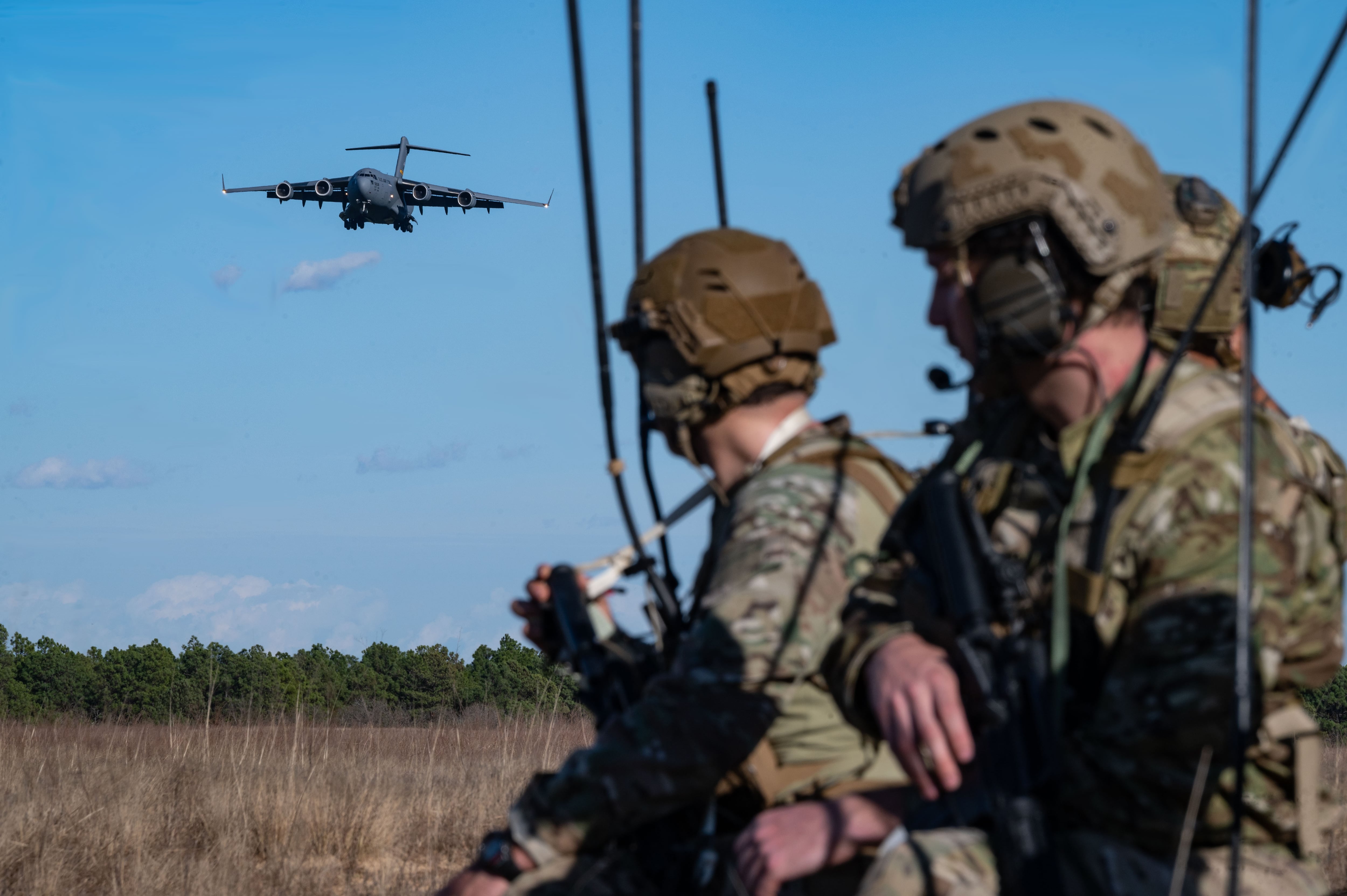The good news for the IndoPacific operational planners, and mission partner Command and Control (C2) architects has been the compelling geographical focus that aligned with the edge along the East Asian first island chain.
This shift in focus has caused the development and distribution of technologies that accelerate the demand for tools that drive a decision advantage that enables improved U.S. and partner nation decision making along the edge.
The rapid development of edge computing and network solutions continually forces the evolution of technology driven C2 and ISR systems that warfighters rely on in multi-domain operations.
These ongoing multi-domain operations currently allow the U.S. and our partner nations to establish integrated deterrence, while supporting interoperability within a mission partner environment.
It also allows joint and service planners to realize scalable decision-making advantages for agile basing and contested logistics missions while assuring communications in denied/degraded environments and enhancing intelligence collection capabilities.
So, What’s Next?
Three things are needed to take advantage of the first island chain edge focus:
1) Develop and sustain a persistent decision-making advantage;
2) achieve an accelerated, more accurate, data, information and intelligence decision cycle; and
3) training and experience.
Persistent Decision-Making Advantage
The U.S. and partner networks are performing in the future operating environment now. Our adversaries, through their Gray Zone warfare tactics or anti-access/area denial (A2/AD) deterrent capabilities, are expected to continue their bullying efforts.
The good news for the Joint Force and partner nations is represented by our precision and our persistence to achieve decision advantage effects outcomes along the first island chain edge.
In short, this signals an opportunity for the key decision makers to apply decision advantage tools more rapidly across the range of multi-domain operations (adversary electronic warfare, cyber, long-range missiles, and advanced air defense threats) to deter, or if deterrence fails, fight and win.
Three of the IndoPacific multi-domain missions that now rely on decision advantage include Precision Fires, Agile Basing and Contested Logistics.
For Fires, our tactical and joint command centers - using their decision-advantage - will be able to direct long-range precision fires including Extended Range Cannon Artillery; Precision Strike Missile; Strategic Long-Range Cannon; Long-Range Hypersonic Weapons; and the Navy’s Navy SM-6 and UGM-109 ground launched missiles.
For Agile Basing, command centers at their air force base locations and nodes along the first island chain edge will be able to conduct air superiority, support sea control missions, or air or fleet sustainment missions.
For Contested Logistics, sustainment planners using tactical, joint or expeditionary command center nodes and their logistic staff will be able to conduct logistics operations along the first island edge to pre-position or provide ammunition, fuel, food and medical supplies.
Finally, as we accelerate decisions in tactical and joint operational command centers, we in effect create new decision advantages all along the first island chain edge.
Decisions within the Combined, Joint All-Domain environment require the integration of a myriad of intelligence, surveillance, reconnaissance, and communications capabilities on the edge of the operations area.
Edge integration must take place within the evolving agile tactical operations centers and communication nodes along the edge of the first island chain.
The U.S. Air Force Agile Combat Employment, or ACE, from these bases will need decision advantage tools to achieve an accelerated decision cycle to build tempo and sustain combat operations along the first island chain.
These adaptive bases directly support the operational maneuver of air forces, assured command and control and sustain combat sorties from the edge.
Training and Experience
Our people remain the critical factor when achieving decision advantage at the edge.
Tactical and Joint Operations Centers can now have internal multi-domain scenario driven exercises while partner exercises build experience and drive interoperability within the different formations along the edge.
An important training goal in these operations center scenarios is the experience garnered from the involvement of different organizations, services, and partner nations to achieve command and control objectives while working through interoperability challenges driven realistic multi-domain training and exercises.
Effective multi-domain operations training requires the management of multi-level classification enclaves requiring cross-domain screening for all source display and decision making.
With geographical focus, multi-domain training to achieve decision advantage combined with the rapid development of artificial intelligence (AI) and machine learning (ML) software, has the potential to accelerate and add quality data, information and intelligence to decision makers.
In conclusion, the focus for U.S. and partner nations to operate in the multi-domain environment along the first island chain edge has created opportunities for decision makers to leverage this important geographical architecture.
Going forward, our Leaders must improve their decision advantage posture and accelerate decision making to achieve integrated deterrence and to counter gray zone tactics.
Lt. Gen. James Terry (Ret.) is senior vice president at Cubic Defense.








